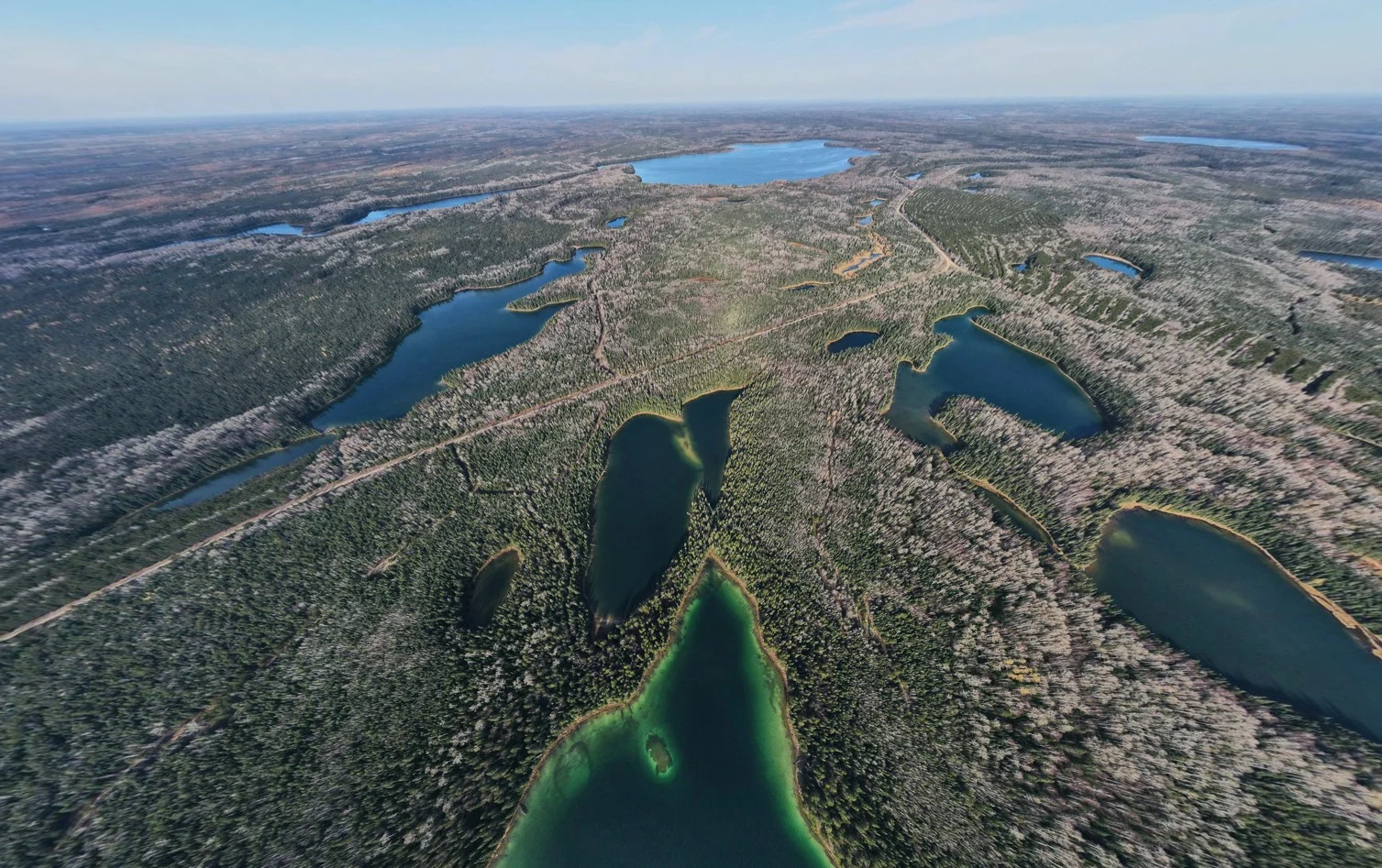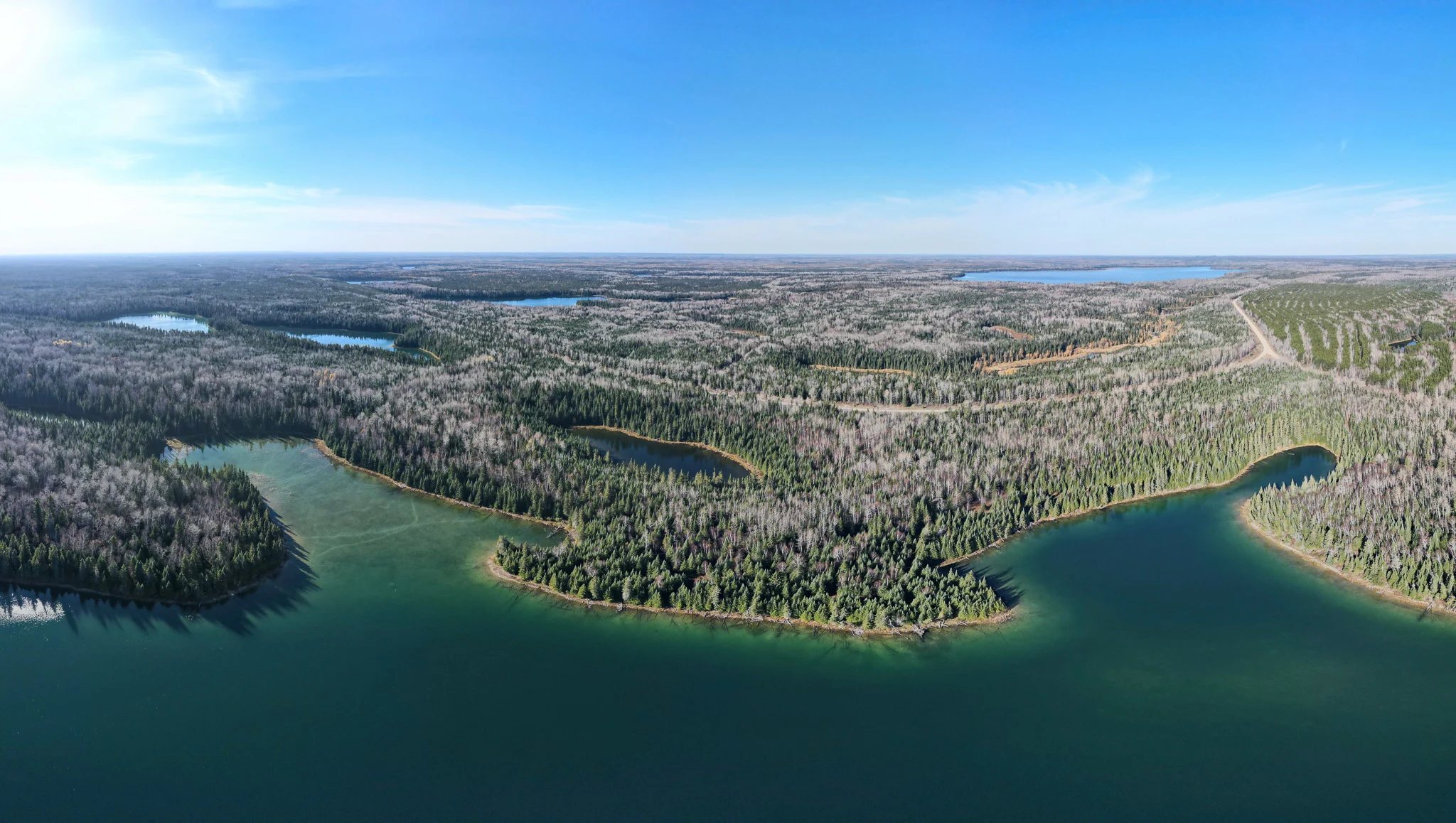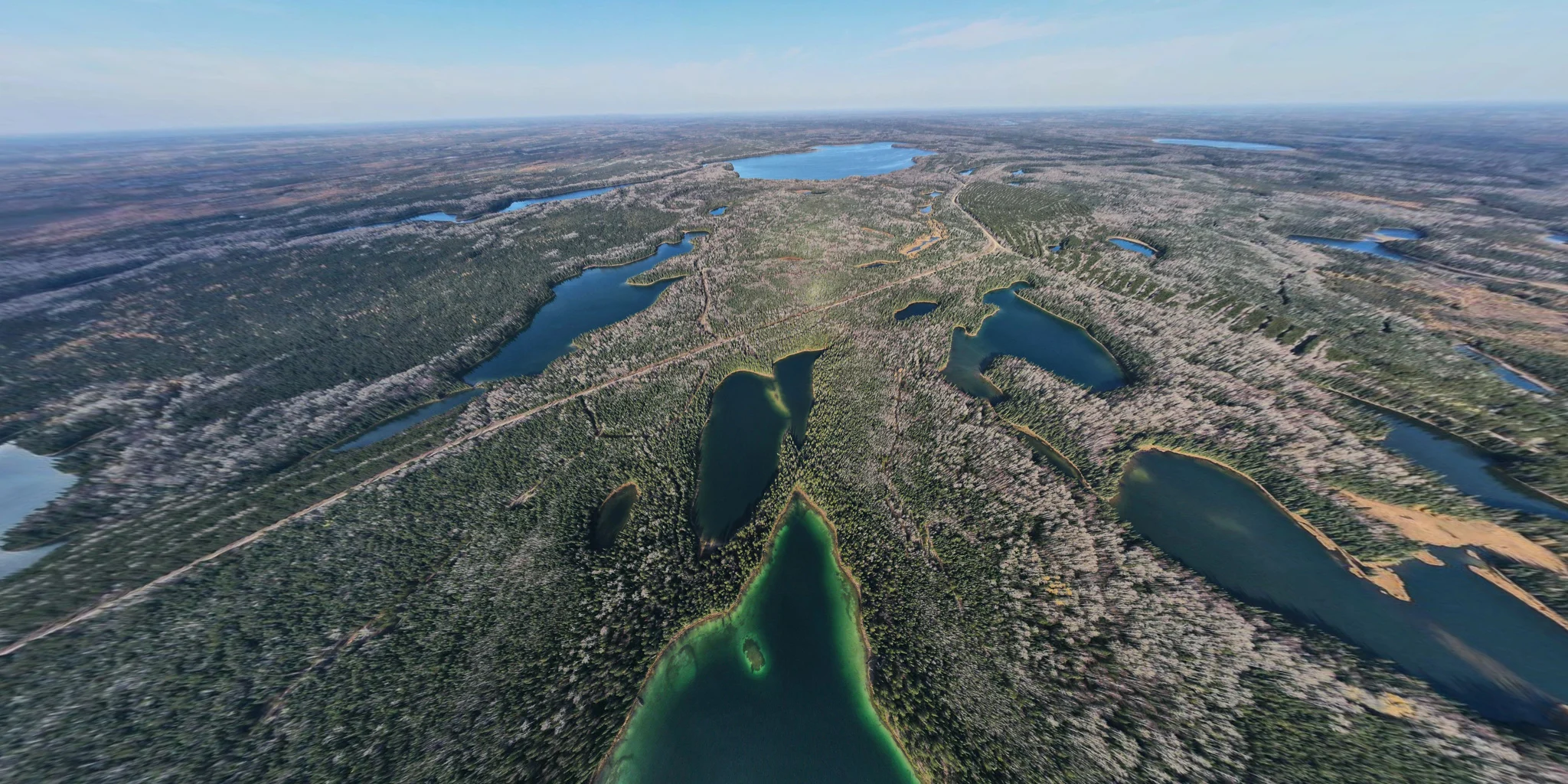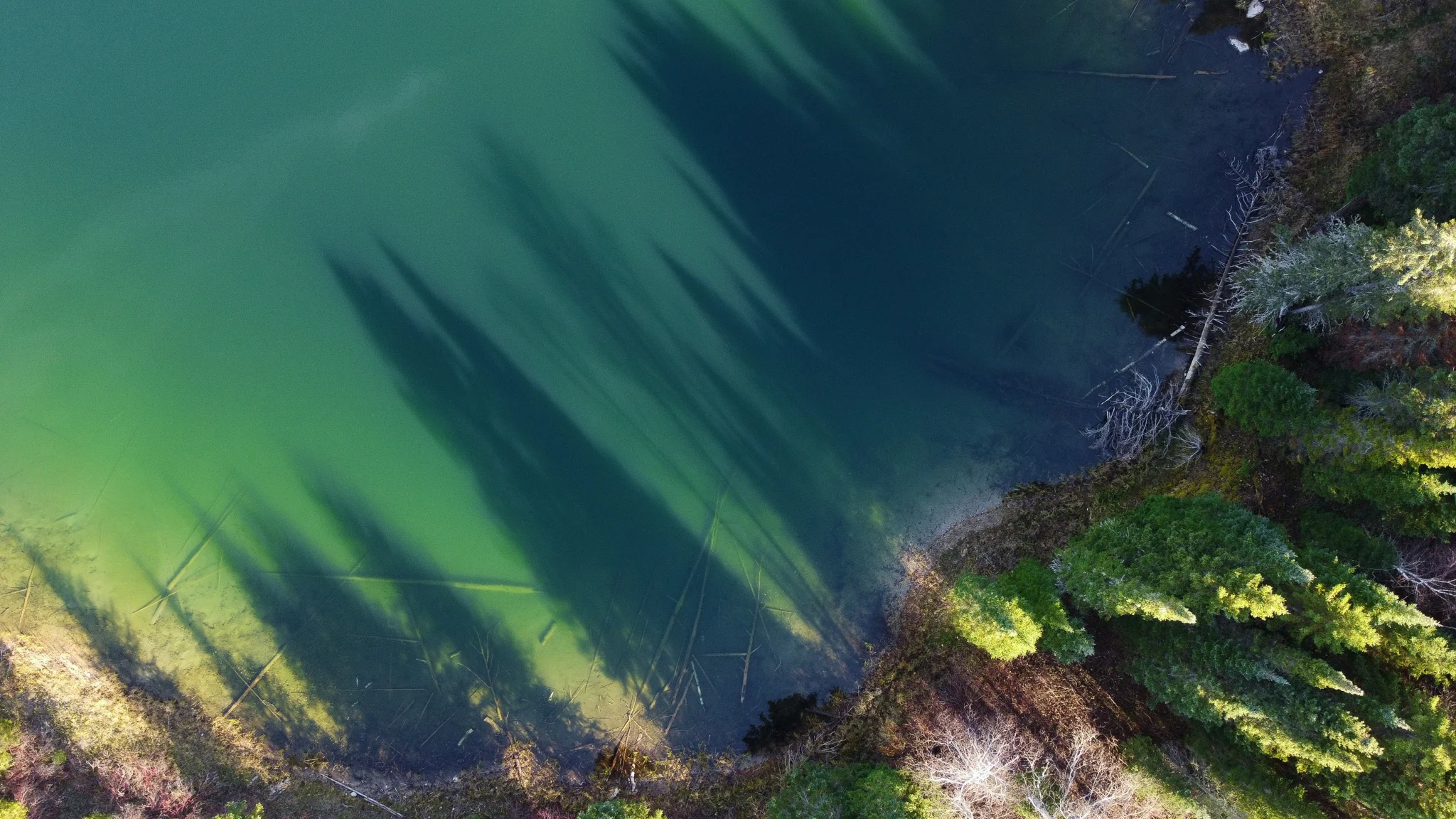
Land twice the size of Toronto gets momentous conservation deal
The historic Canadian conservation deal will protect nearly 1,500 square kilometres of boreal forest in northern Ontario.
The Nature Conservancy of Canada (NCC) marked Earth Day in April by unveiling the largest private conservation project in the country, an initiative destined for significant environmental benefits.
The agreement incorporates the protection of 1,450 square kilometres of boreal forest in northern Ontario. The land secured will be more than twice the size of Toronto (630 sq km) and more than three times of Montreal's (431.5 sq km), according to NCC.
SEE ALSO: Extreme weather is changing Canadians’ views on the climate crisis
Located near Hearst, the Boreal Wildlands project contains a swath of boreal forest that is home to more than 100 lakes and 1,300 kilometres of rivers, streams, and shorelines, including habitat vital to freshwater quality and fish species in Ontario’s north.
The lands, acquired from Domtar Inc., encompass natural corridors that provide refuge for species at risk, including threatened woodland caribou. It also provides nesting, breeding and migratory stopover habitat for bird species including the Canada warbler and olive-sided flycatcher, both of which are threatened.

(Digital Image)
“It's been a monumental day for the Nature Conservancy of Canada and all of our partners who are a part of this historic announcement. We're still pinching ourselves a little bit as we realize that this dream of protecting the largest private conservation project in Canada's history is beginning to become a reality,” said Kristyn Ferguson, NCC program director, in an interview with The Weather Network on April 22.
“This represents a way to save this incredibly important habitat that's been described as the ‘lungs of the Earth,’ along with the Amazon forests."
WILDLANDS CAN ALSO STORE HUGE AMOUNTS OF CARBON
Not only will the Boreal Wildlands provide numerous benefits for the wildlife, the forests and deep peatlands within can absorb vast amounts of greenhouse gas emissions and store carbon.
According to “rough and early measurements” from NCC, the amount of carbon the Boreal Wildlands are currently storing is equivalent to the average lifetime emissions of three million cars.

(Digital Image)
“These boreal forests and wetlands [are] pulling so much carbon out of the atmosphere. As the plants grow, they are able to bring the carbon out of the atmosphere, thereby lessening the impact of climate change,” said Ferguson.
The organization is also developing a Boreal Wildlands conservation carbon credit project. In addition to keeping carbon in the ground, the initiative will generate revenue from carbon credit sales to help secure the property. Revenue accrued will be used to fast-track more conservation projects while providing benefits to countrywide communities.
"[Boreal Wildlands] are just going to continue absorbing more carbon year over year, once they're protected," said Ferguson.
SIZE AND WILDLIFE DIVERSITY KEY DRAWS FOR THE SITE
The project has been in the works for more than a year, beginning to come together in winter 2021. What makes this particular area unique is the sheer size since much of Ontario consists of Crown land, something Ferguson has not seen in her career, she noted.
“[There are] forests that go on forever...longer, wider and bigger than I ever could have dreamed up,” said Ferguson. “You could just see that the habitat was in good shape. As a biologist, I knew I was going to find incredible wildlife out there...and that's proving to be true.”

While the exact number of species on the site isn't known — "every single big, beautiful northern Ontario mammal is there," Ferguson said.
NCC is already seeing evidence of wildlife diversity including lynx, barn swallow, caribou and Canada warbler, with a possibility of lake sturgeon in the river. “We're really eager to continue learning more about the wildlife on the site," said Ferguson. “It almost felt too good to be true. It still feels like that a little."
Besides climate change, boreal forests also face threats from mining, land development and invasive species that are making their way into northern Ontario, Ferguson said.
“Without careful management of the sites, you can see some of those wetlands taken over by something like the invasive common reed. So there are a number of threats the Nature Conservancy of Canada is happy to be working towards, ensuring [they] don't become a reality for the Boreal Wildlands project,” said Ferguson.

(Digital Image)
On Thursday, Oct. 13, NCC announced that the project had secured its full funding, in record time, with more than 330,000 supporters helping the group reach its $46-million target for the Boreal Wildlands in five months.
As well, NCC, in collaboration with the Constance Lake First Nation, is tracking the movement of woodland caribou and other wildlife through trail cameras that were recently installed within the land.
"So this is an example of the scale we need to be working at and the scale we all need to be thinking [about] when we want to truly make gains for nature, for the environment, for the planet," said Ferguson. "I think it's a step in the right direction and there is certainly still a lot to be done."
Thumbnail courtesy of Digital Image.
Follow Nathan Howes on Twitter.












